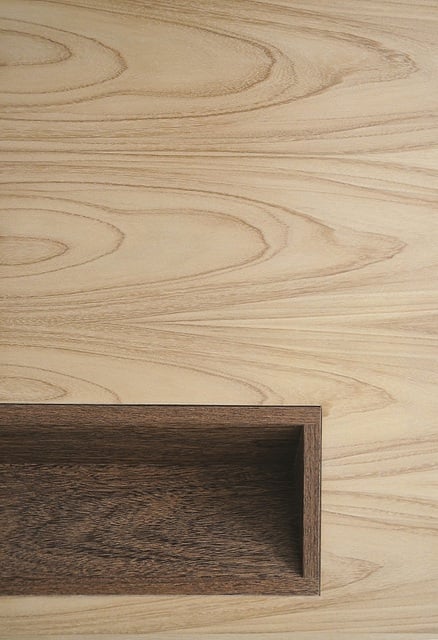
May 17, 2013
The Essential Forms of Brazilian Designer Claudia Moreira Salles
Material beauty, craft, and simplicity define the work of an important Brazilian designer.
The first time I came across Claudia Moreira Salles’ designs was in Sao Paulo, at the Etel Interiors showroom. I was immediately taken by the architectural quality of the work as well as the interesting mix and richness of the materials she used. Now, the Brazilian designer celebrates her career’s 35th anniversary with a new book and a retrospective show in New York City’s Espasso showroom. As she put the final touches on her exhibit, I caught up with Claudia to chat about her path, her inspirations, and the state of Brazilian design.
Paul Clemence: Your clean designs put forth the materials you choose in a major way. Is that intentional? How do you select your materials?
Claudia Moreira Salles: Most of the time it’s a material and the possible ways of working it that inspires me. I work mainly with wood. I try to get mostly woods from sustainable harvesting and reclaimed sources. I seek interesting textures and veins in wood and try to associate other materials to enhance its qualities and beauty. A reclaimed wood-floor, beams, or left over pieces, mixed with the smooth surfaces of concrete, limestone or metal.

Photo by Paul Clemence -Alvaro Montagna
Pratica Desk detail
PC: How would you describe your work?
CMS: There is a formal vocabulary that I accumulated through the years from admiring and understanding the work of the modernists who inspire me. It’s about simplicity, reducing the objects to the essential and respecting their function and material. I seek balance and visual lightness.
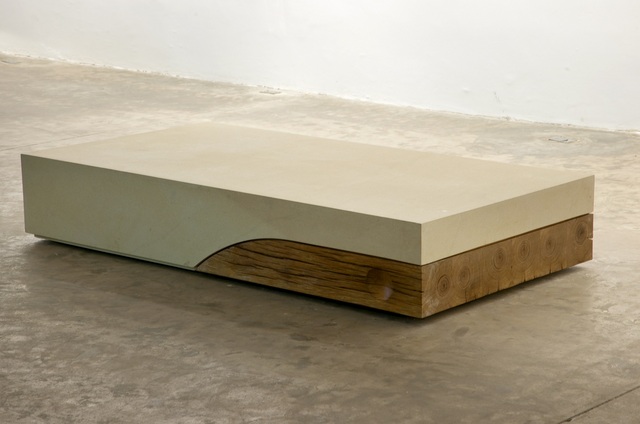
Photo by Romulo Fialdini
Texturas Coffee Table
PC: What would you say makes your work “Brazilian” (if anything)?
CMS: I went to a design school in Rio de Janeiro, started working there and since 1980 I’ve been working in Sao Paulo and Rio. Most of my clients are from there, Brazil. My furniture is produced there. My work is a product of the particularities of the production and market scenario of Brazil. Good crafts and abundant materials, especially wood, and an influence of our modernist masters like Niemeyer, Tenreiro, and Sérgio Rodrigues.
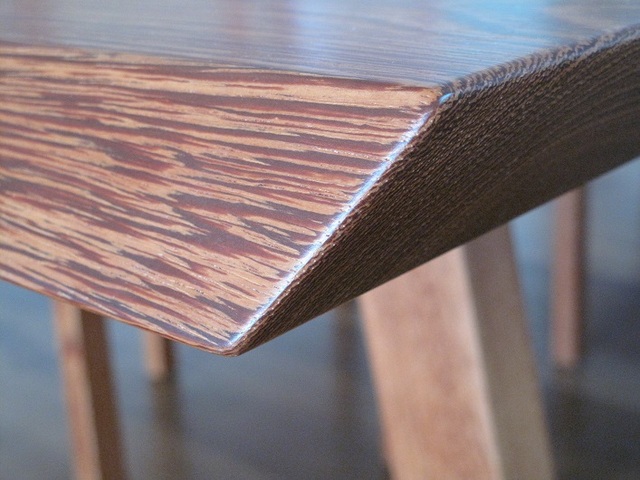
Photo by Paul Clemence-Alvaro Montagna
B1 table corner detail
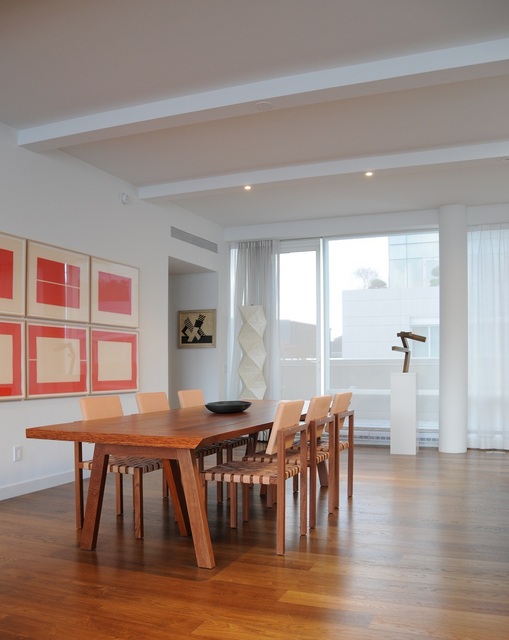
Photo by Paul Clemence-Alvaro Montagna
B1 table
PC: How do you think your design has evolved through the years?
CMS: When I started working at the early 1980’s I thought my projects would be produced in a series, even if some of them were handmade. My design training was very strict and rational. Then I started producing pieces with skilled craftsman and my furniture tried to take the most of the woodworking techniques. Regarding form, I was seeking to simplify vernacular Brazilian furniture. After that, I continued using good craftsmanship but with more pure and essential forms.
PC: So what should we expect at the Espasso exhibit?
CMS: For this show I chose pieces that are the product of my intention to simplify, reduce to the essential. I selected pieces where I mixed materials — reclaimed wood, concrete, stone, and metal. I am very excited. It will be my first solo exhibition outside Brazil and also the launching of the book, which I think will help show the North American audience my approach to design as well as other products that are not shown in the exhibition.
PC: The Brazilian design scene has evolved a lot since you started. How do you see these changes?
CMS: Brazil has many creative and talented designers with different approaches. The market is getting larger, open to new ideas and eager to consume design. When I started working there were very few industries. Now, there are several capable of producing good quality furniture and objects and hiring designers. It’s a broader playing field in all senses.
The book, titled simply, Claudia Moreira Salles, features an in-depth interview with Claudia by design and architectural writer/editor Karen Stein. I asked Stein what stood out for her from all that she learned about Moreira Salles’s work and this is what she told me: “Claudia is forever a student of design. She is a thoughtful looker–she’s always looking closely at the shape of things and at how things are made. This endless curiosity is what propels her forward.”

Photo by Andreas Heiniger
Book cover featuring Texturas table detail
Indeed. One glance at one of her tables or benches and it’s clear Claudia took her time understanding that particular piece of wood and what best way to give it function and expression. Moreira Salles looks at objects with a keen, sharp eye, like a photographer does, capturing every nuance and seeing its creative potential. And then, just as a photographer would does, she translates that into a creation all her own.
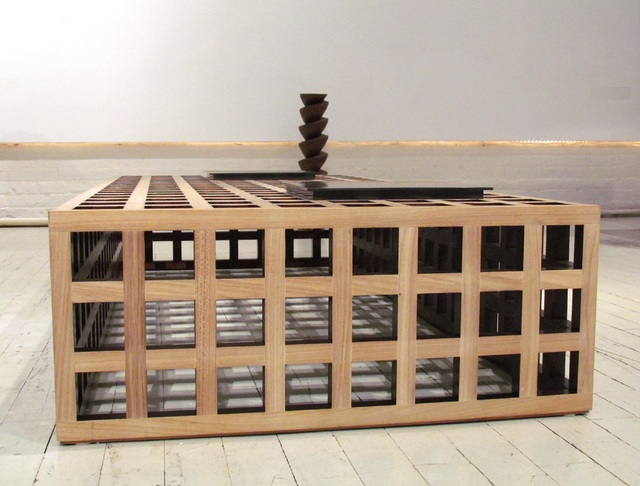
Photo by Paul Clemence
Cubo Libre coffee table
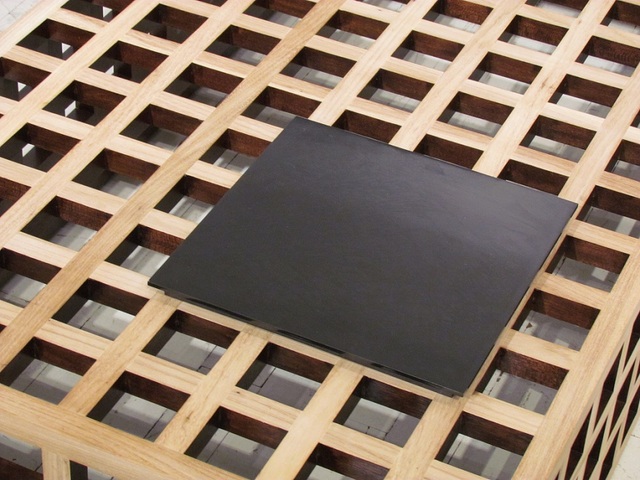
Photo by Paul Clemence
Cubo Libre table top detail
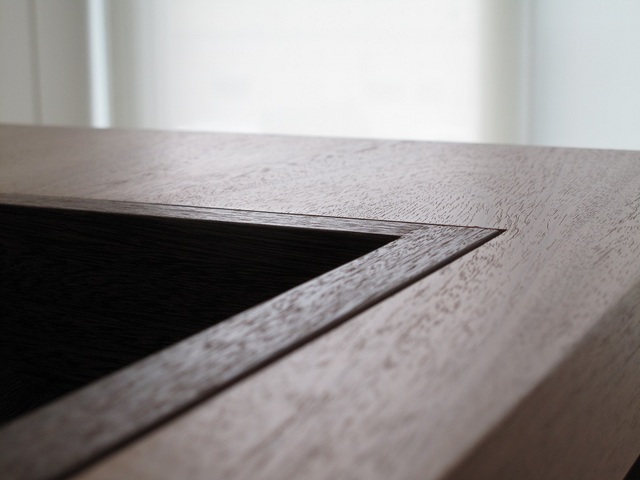
Photo by Paul Clemence-Alvaro Montagna
Pratica Desk wood detail
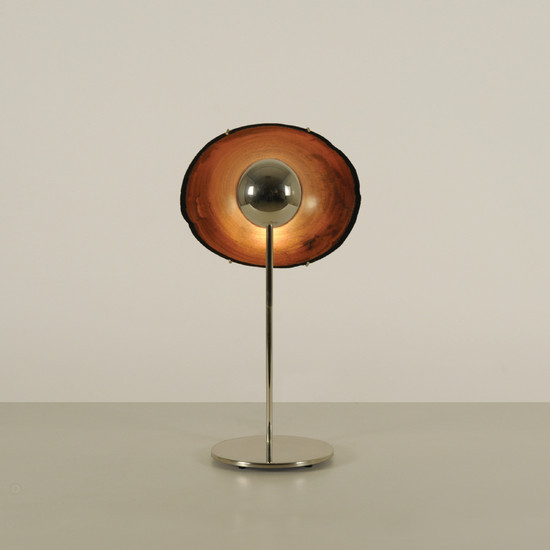
Photo courtesy Espasso showroom
Arandela Cantante lamp
“Claudia Moreira Salles”
Opens May 17th, 2013
Espasso
38 N. Moore Street
New York, NY 10013 Tel 212.219.0017
Paul Clemence is an award-winning photographer whose work is part of many collections, including the Mies van der Rohe Archives and housed by MoMA, New York. He exhibits both in the U.S. and on the international fine art circuit, from classic B & W prints to large scale photo installations. A published author, his work can also be seen in major design and lifestyle publications. His “Architecture Photography” Facebook page receives over half a million hits monthly.





